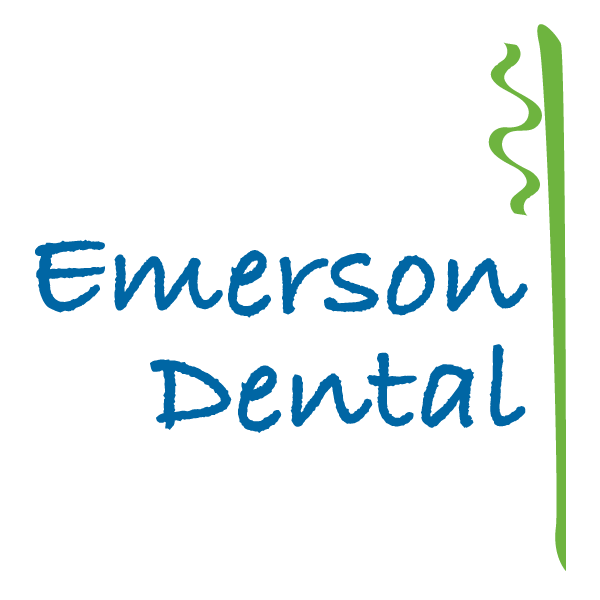Bone grafting is a periodontal procedure that is used to fortify and regenerate bone tissue in the jaw. It is often done in preparation for dental implants. It is considered to be a periodontal procedure because periodontics refers to diagnosis and treatment of conditions affecting the support structures for the teeth, which includes the gums and jaw bone.
What is bone grafting and why is it necessary? Here’s an overview of the procedure and the reasons for having it done.
What Does the Procedure Entail?
During a bone graft procedure a bone fragment is placed under the gum tissue on top of the existing jaw bone. The gum tissue must be surgically opened to access the bone, then replaced over the bone fragment and stitched back together in order to heal. Local anesthesia is applied before the procedure to numb the area so that you won’t feel any pain.
Where Does the Bone Fragment Come From?
The bone fragment that is used to strengthen and regenerate the existing bone in your jaw can come from a variety of sources:
- Artificial. An artificial bone can be created in a lab that resembles the natural makeup of your bone tissue.
- Your own body. A bone fragment can be harvested from somewhere else in your own body.
- Cadaver. A bone fragment can be taken from a cadaver, a donor body.
- Animal bone. A bone fragment can come from an animal, such as a cow.
All bone fragments are cleaned and sterilized in a lab to be used for dental purposes. The type that is used for your procedure depends on your individual needs and preferences.
Why is Bone Grafting Necessary?
The jaw bone can weaken for a variety of reasons. If one or more teeth have been missing from your mouth for a long time, the support structures for those teeth, including the jaw bone, will weaken and eventually dissolve away. This can cause the jaw to lose its shape and prevent certain dental procedures, such as the placement of dental implants.
Dental implants are artificial tooth roots that can be used to replace a single tooth or to support a bridge or dentures. But to be a candidate for dental implants there must be sufficient bone structure in your jaw to support them. If not, bone grafting can strengthen the bone and help it regenerate to be thicker and more solid.
How Long Does it Take For the Bone to Regenerate?
The regeneration time varies from patient to patient. Some may experience successful growth of the bone in 3-6 months. For others it may take 9 months to a year. Age is a key factor, as well as nutrition and health. Follow your dentist’s instructions for best results. Avoid smoking, which can slow down healing and inhibit circulation.
Related Procedures
The term bone grafting can also refer to some related procedures, such as :
- Sinus lift. A sinus lift is similar to a bone graft, but it is used in the upper jaw bone to prevent a dental implant from protruding into the sinus cavity. Bone tissue is added to thicken the existing bone and lift the sinus upwards.
- Ridge preservation. After a tooth is extracted, a bone fragment can be placed in the empty socket to preserve the existing bone and prevent it from weakening due to the absence of a tooth.
Emerson Dental Provides Bone Grafting Procedures
Emerson Dental provides a complete range of periodontal services in addition to our comprehensive dentistry services. Bone grafting is a common periodontal procedure we perform, allowing our patients to get the highest quality restoration for missing teeth.
Contact us at either of our two convenient locations to learn more and schedule an appointment.

